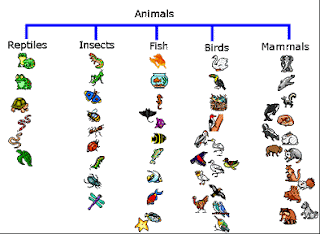


In our classroom we have been using the brace map for most of our subjects. In Language Arts we used it to put words into syllables. In math we used it for our coins 25 cents (whole) to five 5's (parts). In science we used the brace map to map out a butterfly and its parts.

Here you can find excerpts from Thinking Maps as a Transformational Language for Learning which include:
- The Big Picture
- A Brief Introduction to Thinking Maps as a Language
- Thinking Maps as Visual Tools for Constructing Knowledge
- Five Qualities of Thinking Maps
- Developing a Rock Rubric using Multiple Thinking Maps
- Thinking Maps as a Transformational Language for Learning







